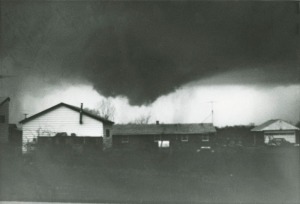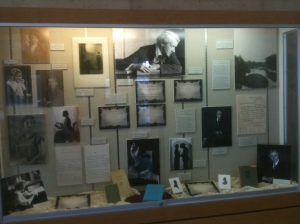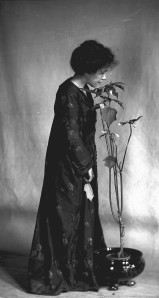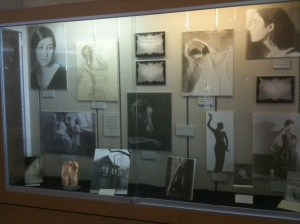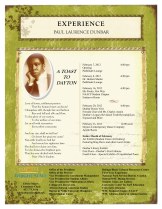Death leaves a heartache no one can heal, love leaves a memory no one can steal. ~ From a headstone in Ireland
My father was a quiet man. Not just in tone or in spirit, but in nearly everything. In part, I’m sure, this came from spending much of his time by himself, out in the fields or working in the timber. He was far more content to sit and read than to listen to the radio or watch television. He was never one to make a fuss, or to want a fuss made about him.
Our primary piece of farm acreage was old family property. The remains of an old schoolhouse were barely visible under the growing timber and brush. Remnants of the old family cemetery were strewn about one section. Every winter, when he couldn’t be in the fields, he was in the timber. He’d clear out dead trees and provide firewood for the fireplace at home. He’d beat back the ever-encroaching brush from the edges of the fields. And he would work on the cemetery. He’d try to match old, long-broken tombstones with the right bases, and he’d try to set right what weather and the occasional vandals took down each year. One of his quiet actions in life was cleaning up the cemetery, year after year, stone after stone.
He did this as a labor of love, to his family, to the people buried there, and to the families of those who were forever wedded to that piece of land. Without fuss, without caring if anyone knew or noticed or helped. It was his task. His remembrance. His service. He was a young child when the U.S. entered World War I, and by the time World War II rolled around, he was exempt from the draft as a food-producing farmer. He never talked about not going to war, like he never talked about a lot of things, but I always believed that he wanted to do more, give more, for the country whose history he taught me. So he did what he could, quietly. But occasionally someone would notice and say thanks. 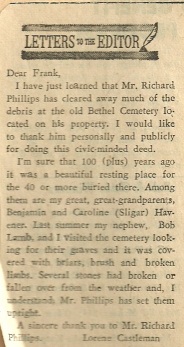 He’d stammer and get uncomfortable, but he appreciated the sentiment. And each Decoration Day, as he always called it, he’d help put flags out on the graves of those who served.
He’d stammer and get uncomfortable, but he appreciated the sentiment. And each Decoration Day, as he always called it, he’d help put flags out on the graves of those who served.
Now living near a very active Air Force base, I see people every day who serve quietly, without seeking honor or notice or attention. Because it fills them from the inside out. Because it’s just what they do, oftentimes without notice. So today, as we should do every day, take a moment and express your appreciation to someone who willingly serves, who has lost someone who sacrificed themselves for what they believed. Who lives each moment to make sure we have our freedom.
A friend of ours, Adam White, who happens to be a very talented filmmaker, put together a marvelous tribute to those who volunteer, those who serve. Please take a couple of minutes to watch the clip, and to remember all those who have served and those who now serve.
Today and everyday.


